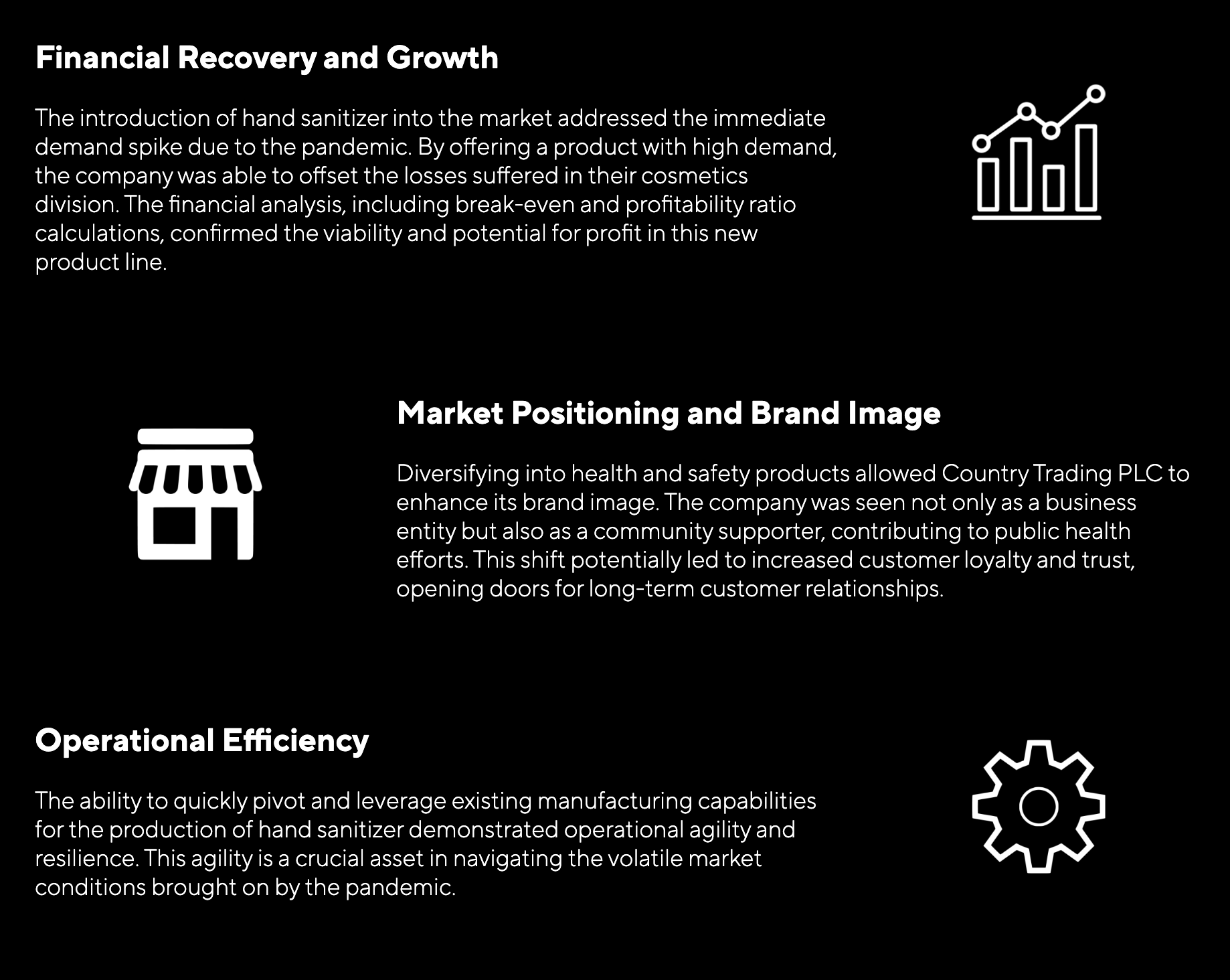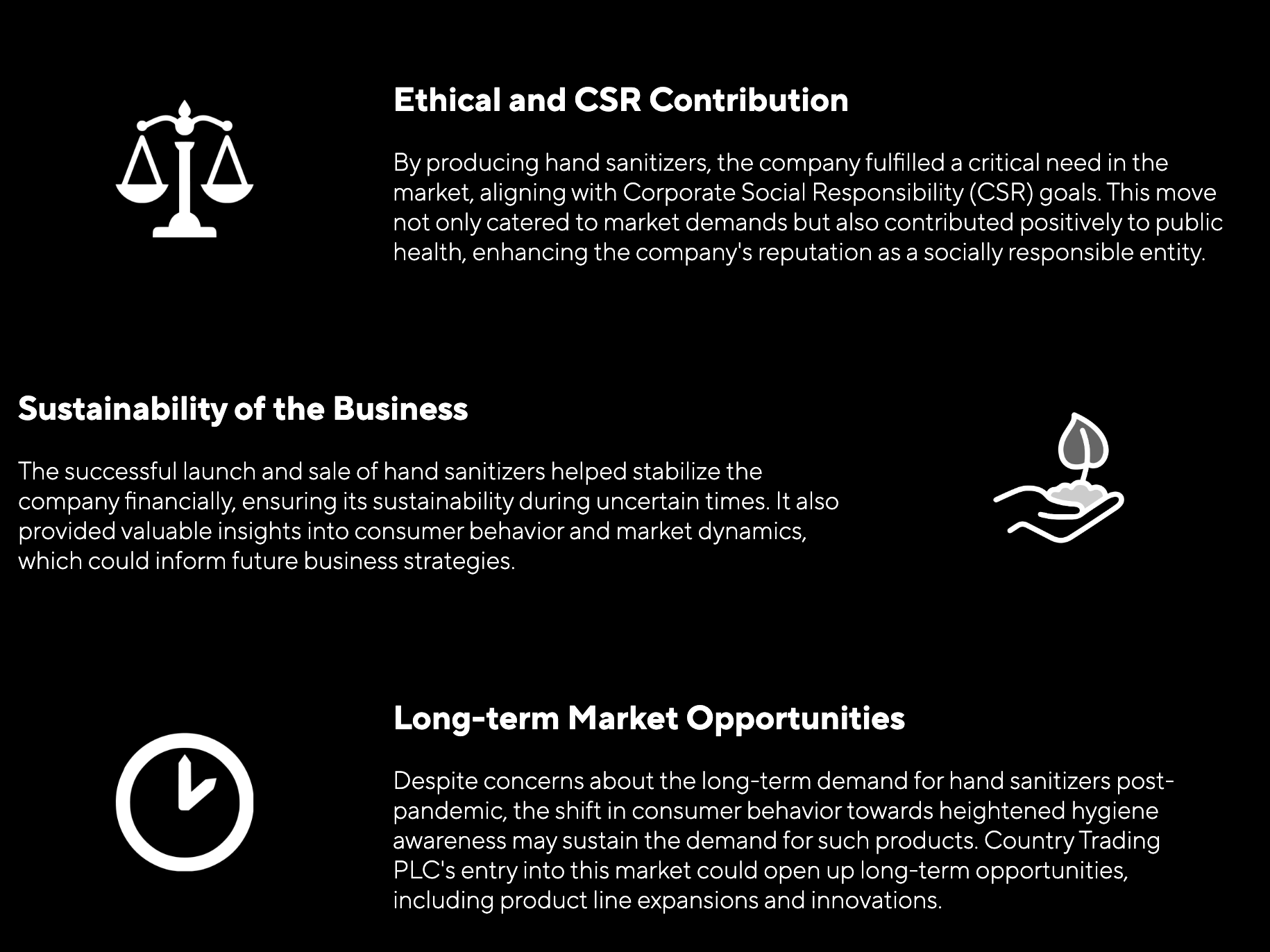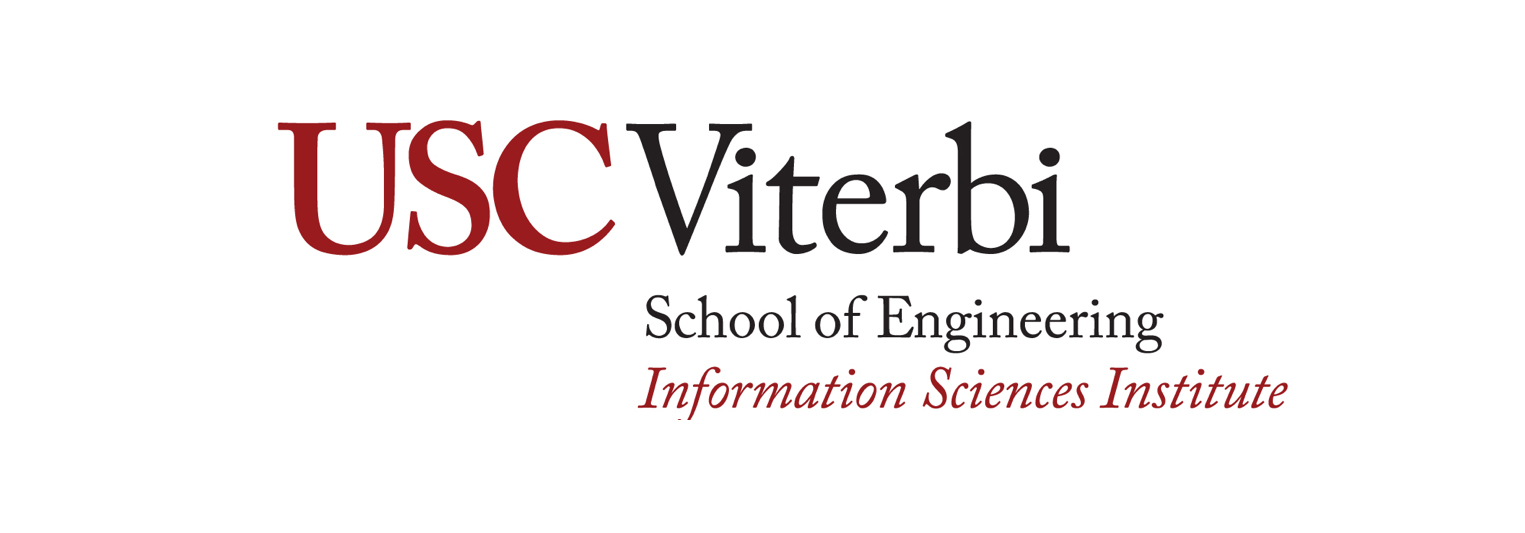Drafting Solutions
.png)
PAIN POINT
Difficulty in identifying the best hand sanitizer options beyond mainstream choices.
YTY has a portfolio of products that could be featured more prominently on their website. While there are various hand sanitizers available, it may be beneficial to have a dedicated "Health and Safety" section that would be discovered on the landing page to encourage customers to explore a curated community of health-centric products.
Upon navigating to this new section, customers would be led to a page showcasing hand sanitizers with detailed filters like efficacy, ingredients, and user reviews. This page will now include a "Community Favorites" section, where users can discover popular choices and user-recommended products.
To boost discoverability, promotional campaigns could highlight customer testimonials and top-rated products on the main page, similar to how e-commerce platforms recommend items based on popularity and user behavior.
.png)
PAIN POINT
Limited personal connection between the brand and consumers, which can impact repeat purchases.
YTY could utilize its current customer engagement channels but tailor them to be more personal and community-oriented.
Introduce a feature where customers can "Favorite" products they frequently use to make repurchasing easier. For the product pages, consider having a "Customers Also Bought" feature to showcase items often purchased together with hand sanitizers.
On the community engagement front, create a "Health and Wellness" blog or forum where users can discuss their experiences, share tips, and feel part of a community focused on health and safety.
.png)
PAIN POINT
Consumers find it challenging to establish trust with a hand sanitizer brand they haven't used before.
Leverage the "Interests" concept by aligning product features with customer values, such as sustainability, health benefits, or local production. Include a section for "Why Choose Our Brand" that details the company’s commitment to these values.
Introduce a "New Arrivals" tab on the group page for the latest products, making it easier for users to explore and trust new offerings.
.png)
PAIN POINT
Decreased engagement from consumers over time as the urgency of the pandemic fades.
To maintain long-term customer relationships, adapt marketing messages to be more lifestyle-oriented rather than purely health-crisis-related. Implement prompts for feedback after purchases to gather insights and keep the conversation going.





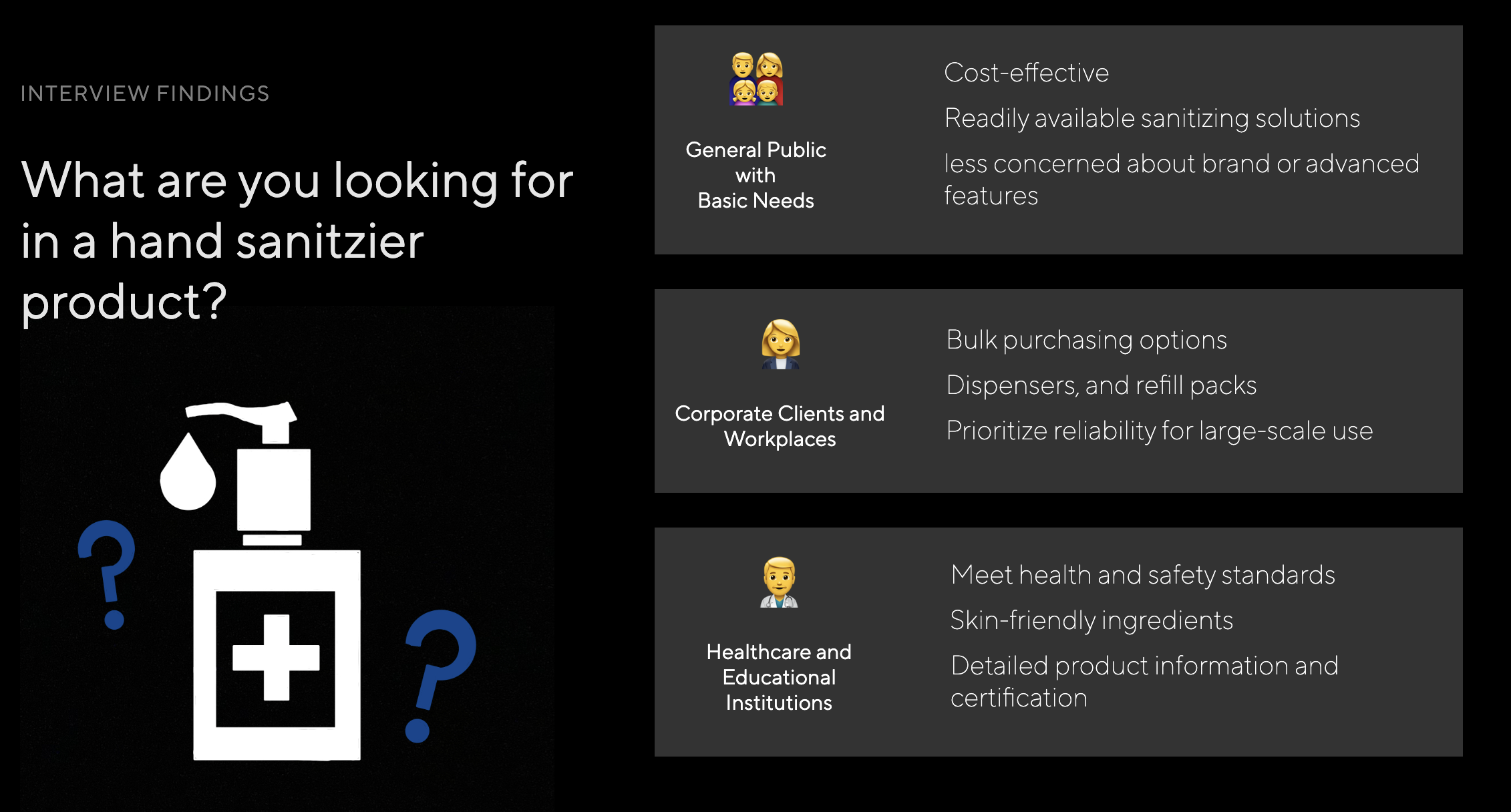
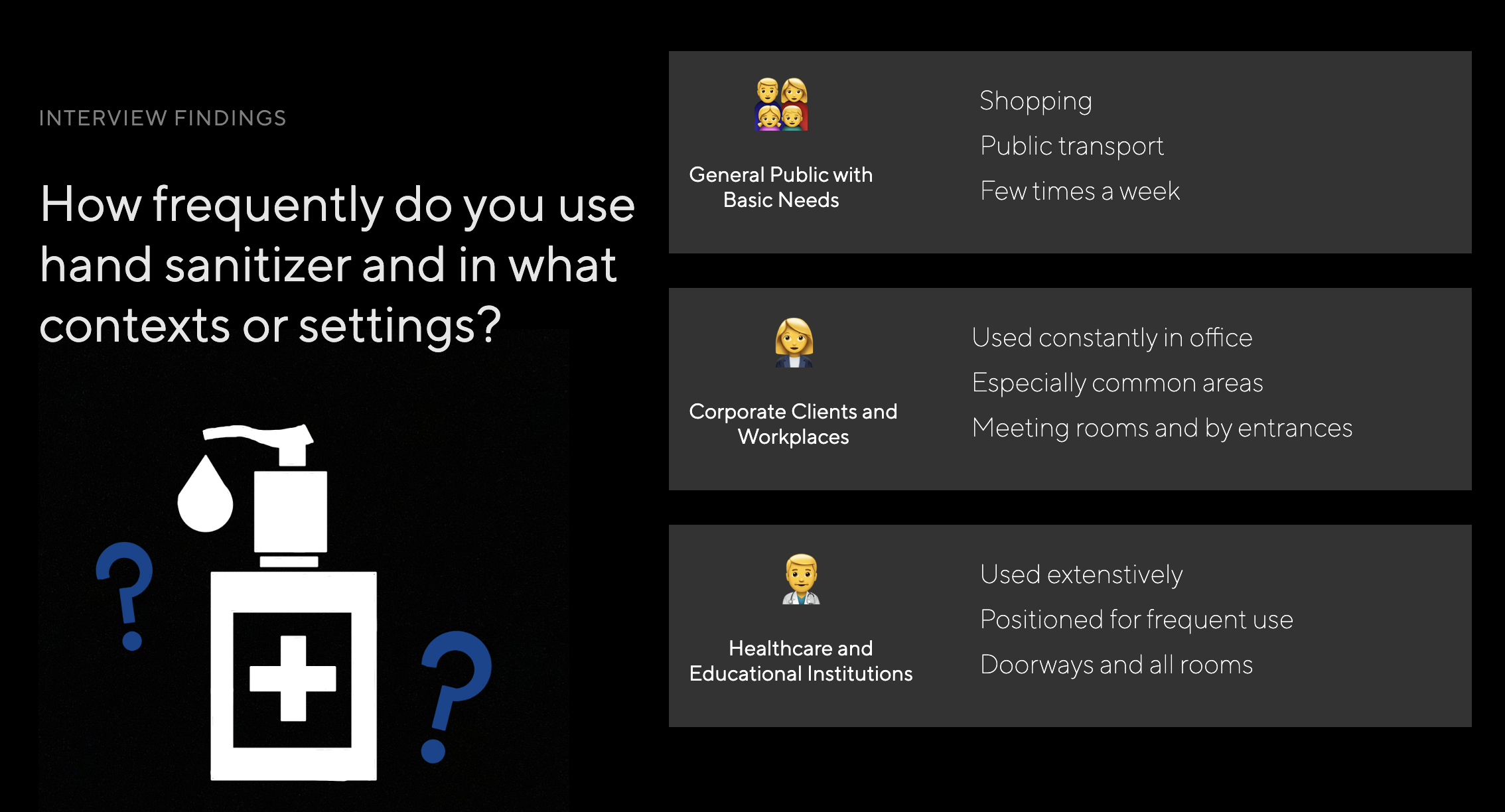
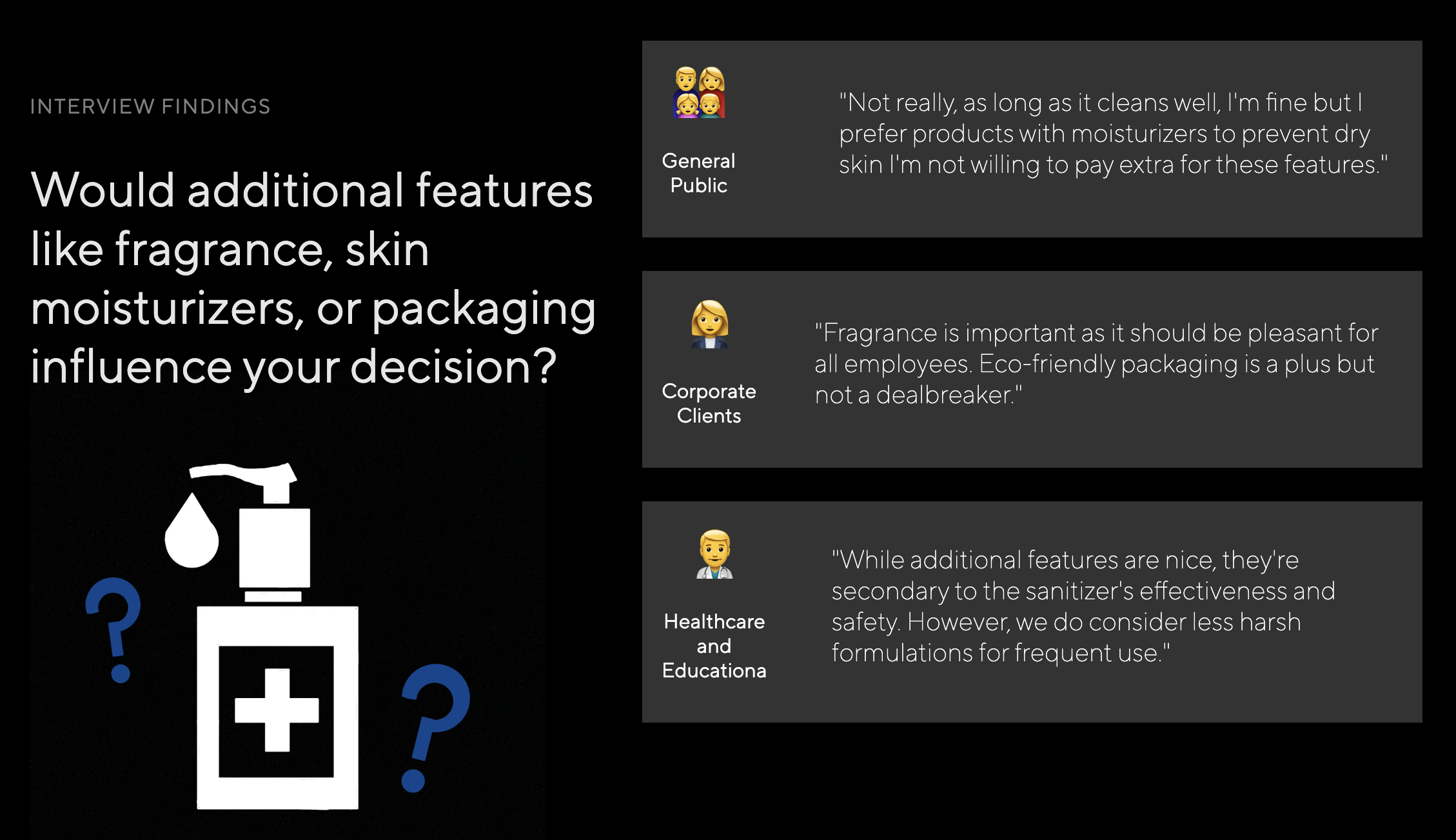
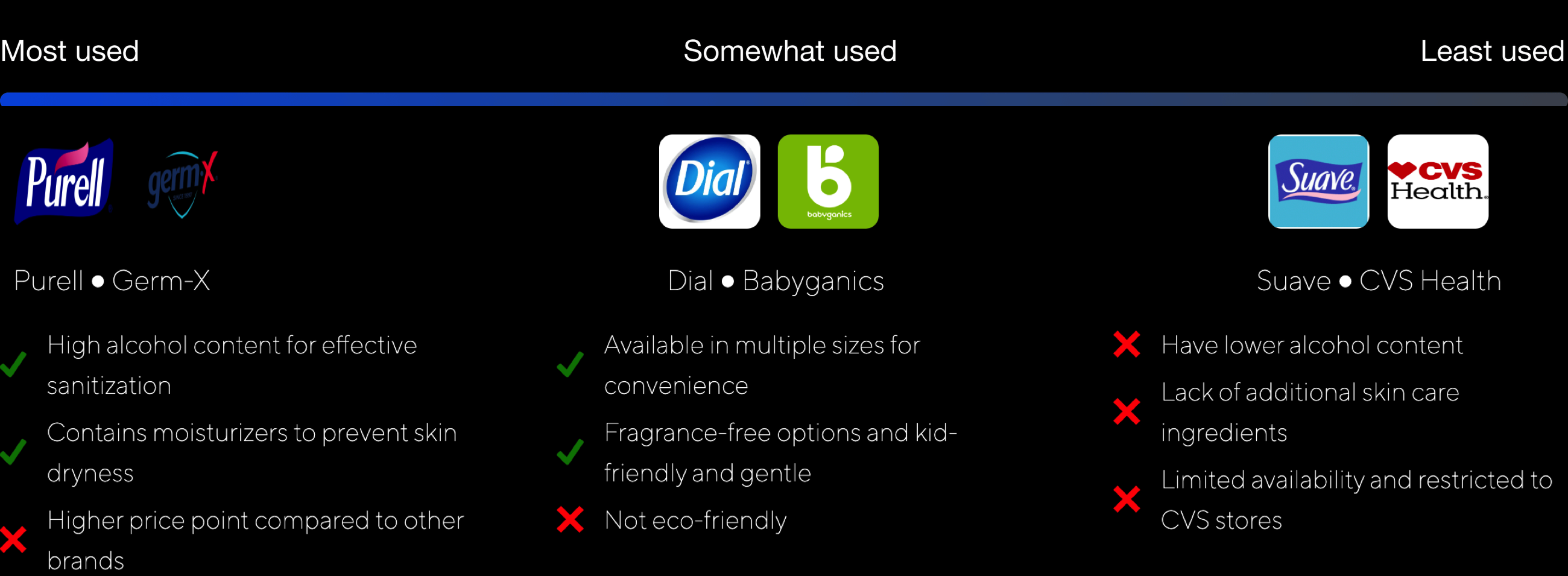


.png)
.png)
.png)
.png)
